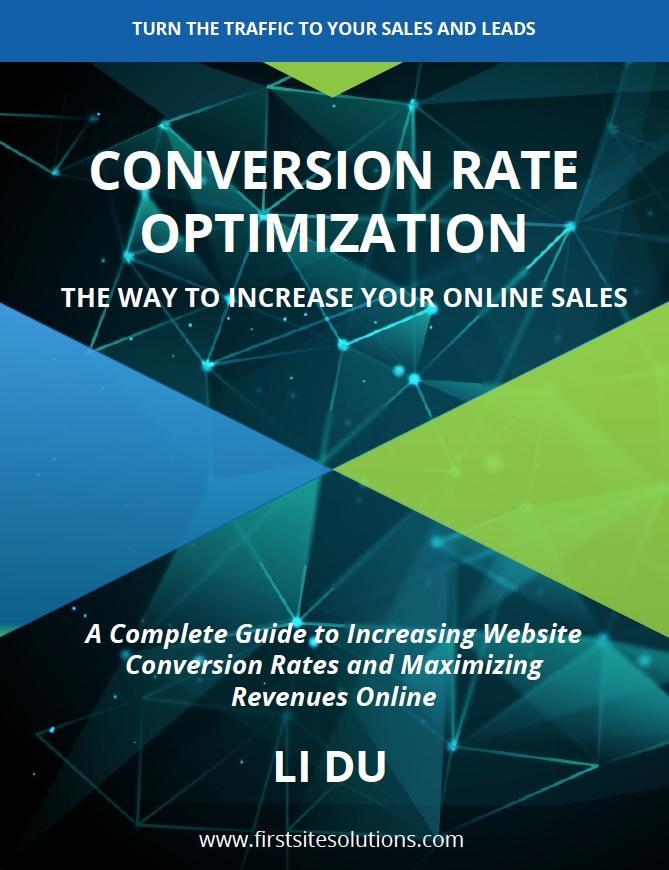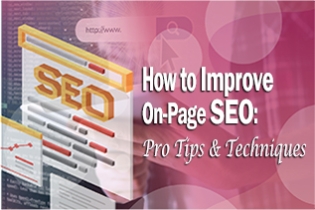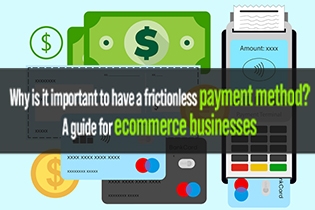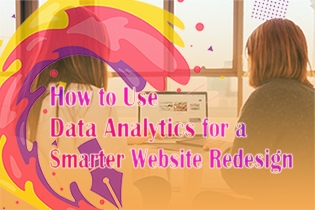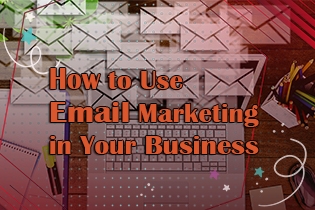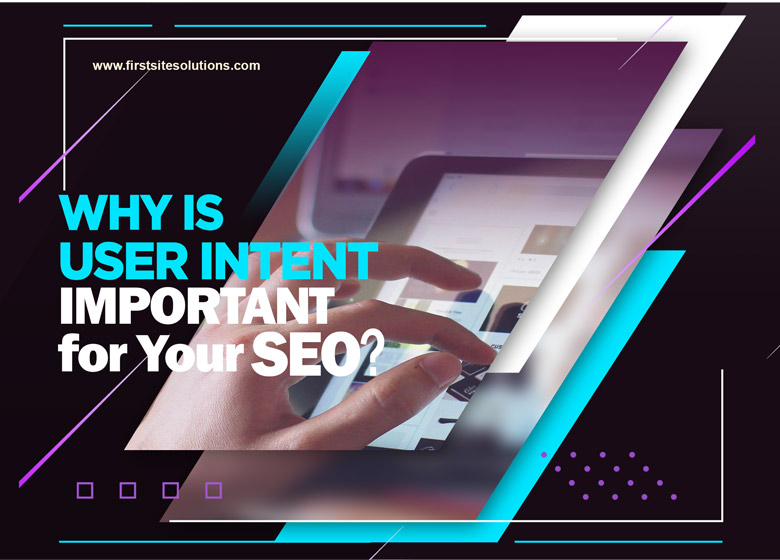
The vast majority of Search Engine Optimization (SEO) practitioners agree on the fundamental best practices for search engine rankings. From SEO-friendly slugs and URLs to well-formatted content, and from backlinks to loading speeds, most ranking factors are indeed uncontested. However, many will still disagree on which factor should take priority. Is it content quality, as Bill Gates predicted in 1996? Is it backlinks, fortifying an admirable Domain Authority (DA) score one link at a time? Perhaps it’s matching the user search intent, as Google itself notes how search intent informs marketing funnels. This article won’t attempt to answer this, ultimately, somewhat subjective question. It will, however, explore why user intent is important for your SEO – enough so to warrant your attention.

What is user intent, and why is it important for your SEO?
In itself, “user search intent” is a simple enough, almost self-descriptive term. In essence, it describes the user’s intent behind a given search; what the user is aiming to find or achieve. The reason why the subject warrants exploration, however, is because search intents may differ substantially.
A notable example of different search intents lies in local searches. A local, “near me” search might have informational intent; “are there any stores of X type near me?”. It might, however, also have transactional intent; “I wish to buy X, where can I do so?”. It is here where local SEO and Google My Business (GMB) optimizations come into play.
Of course, user intent is hardly limited to local searches alone. Google’s own search quality evaluator guidelines outline different query interpretations for all searches:
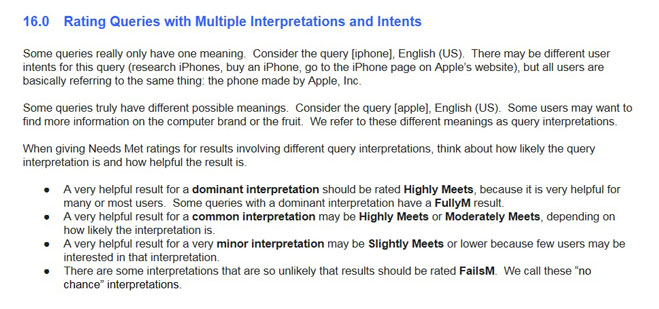
It is on this foundation, then, that we can begin to extract why user intent is important for your SEO.
Audience types based on search intent
First and foremost, user intent is crucial as regards audience segmentation. SEO does mandate that you understand your audience and cater to their sensibilities – and, more importantly, to their search intent.
Here, consider some examples of different types of audiences your content might cater to, as outlined in the aforelinked article:
- The explorer. Explorers are users who are still in the discovery phase; at times digital window shoppers, if you will. They have no interest in your products or services yet, and instilling it in them requires specific content.
- The thinker. Thinkers are users who are in the research phase; they do know what they need, and are investigating their options. Pushing thinkers to conversions typically requires alluring, convincing conversion pages.
- The doubter. Doubters are users stuck in the conversion phase; you are on their radar, but have not yet convinced them. These users typically have transactional intent, which exit popups, remarketing, and similar tactics may help satisfy.
Content types based on search intent
Subsequently, where SEO can increase your website’s traffic, this type of segmentation can enhance conversion rates. As outlined above, these audience types require different content to push them further into your sales funnel.
Here, consider the 3 main content types as Forbes identifies them:
- Informational content. This type of content caters to explorers, by providing insights and information. It typically shies away from salesy language and mostly includes informational CTAs like free resources.
- Navigational content. This type of content caters to thinkers, and may include landing pages and broader conversion pages. It doesn’t strictly focus on conversions, as much as on convincing those in the research phase of your proposition’s merits.
- Transactional content. Finally, this type of content addresses doubters. It is the traditional conversion-focused content; conversion pages, service pages, and so forth. This type includes clear purchase-oriented CTAs, like “buy now” and “contact us”, as these users are ripe for them.
SEO
Finally, the sales funnel aside, user search intent holds clear significance as regards SEO on the whole. Initially, consider how “search intent match” still finds itself 11th in Backlinko’s 13 ranking factors list. That’s an abridged version of their popular 200+ factors list, which consolidates them down to the most fundamental ones.
For further proof of this, we may note that Google’s express intent remains to match results with users’ intent. This has indeed been a timeless pursuit for them, as the following 2007 video by Google’s Avinash Kaushik proves:
So why is user intent important for your SEO?
Such theories aside, then, we may now deduce why, exactly, search intent matters. On the practical side, consider such SEO metrics that search intent informs as the following:
- Bounce rates. A user who fails to see immediate value related to their search intent will swiftly bounce. In terms of revenue, that’s a potential conversion lost. In terms of SEO, that’s an indication of poor page quality – so ranking will reflect that. Backlinko addresses this in the aforelinked ranking factors article, where they say: “if you click from the first results — and quickly bounces (sic) back to the search results — that’s a strong sign that the result didn’t make you happy”. This behavior, dubbed “pogosticking” and often driven by search intent mismatch, informs Google of a result’s likely quality.
- Time on page. Similarly, a user whose intent isn’t matched by a given page won’t linger long. While time on page doesn’t offer practical value as regards revenue, it too is a significant SEO metric. Specifically, it tells search engines that a page doesn’t incite enough engagement; therefore, it doesn’t offer contextual value.
- Pages per session. Finally, well-crafted journeys across your sales funnel, in line with search intent, will have visitors explore multiple pages per session. For example, informative pages linking to other informational content will retain explorers, while links to transactional content may discourage them. This metric, too, informs SEO, and practically increases the chances for successful conversions.
Of course, multiple other factors also inform these metrics. Bounce rates, for example, directly correlate to loading speeds, according to Google/SOASTA research:
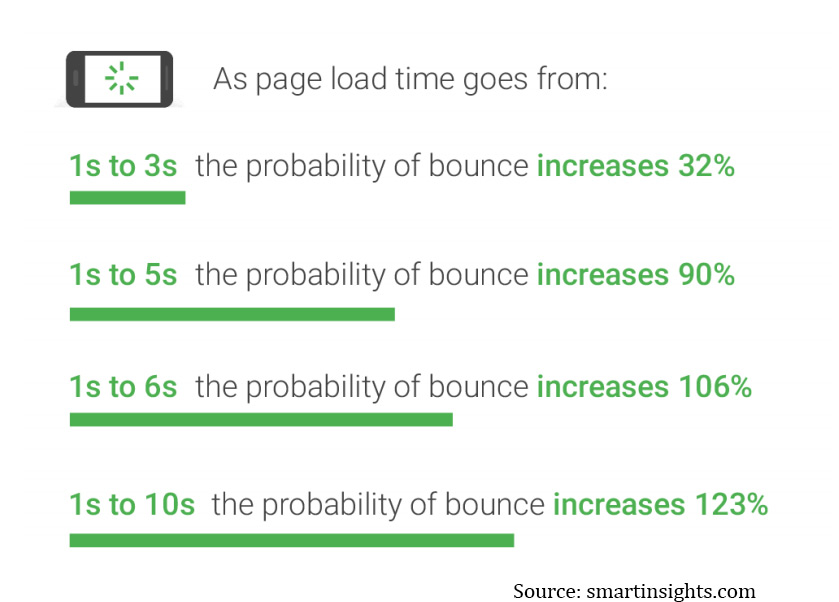
However, search intent is indeed a crucial factor among them, and it too has other practical implications. What’s more, it does not mandate that you engage in new efforts. Rather, it may simply adjust to your keyword research and content strategy.
Why user intent is important for your SEO – a brief case study
On that subject, we may conclude with a relevant case study that best outlines why user intent holds such value.
In this article on search intent, Backlinko’s Brian Dean explains how, some years ago, he had written an SEO post. The post was titled ““SEO Strategy Case Study: From #6 to #1 In One Week”. This post, he asserts, met many of the most famous and substantive SEO ranking criteria:
- Content quality; length and depth
- Multimedia content; images, infographics, and visuals
- Backlinks
Yet, despite its qualities and SEO signals, it failed to rank for its intended keyword, “SEO strategy”, “for months”:
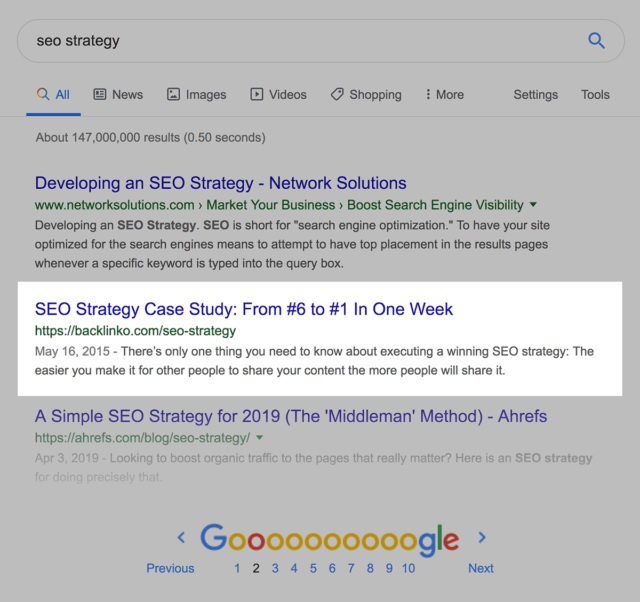
Upon examining the results that did rank for the keyword, Brian Dean “realized that [his] post didn’t satisfy user intent”. Specifically, said results thoroughly explored multiple SEO strategies, while his post outlined a case study of one strategy. This, he concluded, didn’t match search intent; audiences searching for “SEO strategy” sought broader explorations, not hyper-specific case analyses.
To solve this, he rewrote the post “from scratch”, retrofitting relevant content into a post that did satisfy search intent. This approach, in combination with the above factors, landed the post in the top 3:
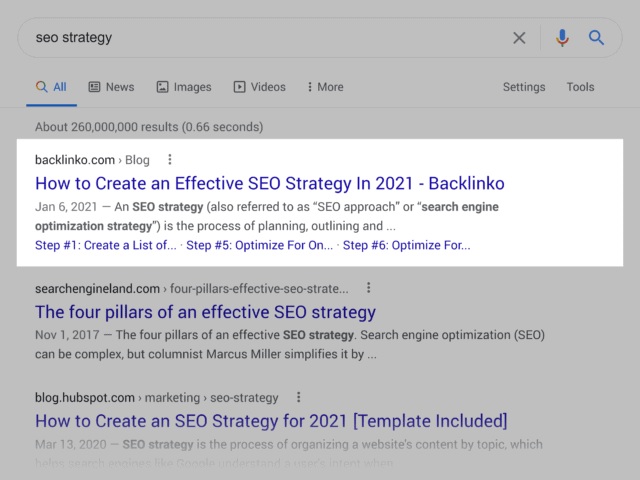
While an individual case, this does echo case studies by other prominent marketers like this one by Neil Patel. In all such cases, search intent informs SEO, which in turn offers more traffic, or more conversions, or, ideally, both.
Conclusion
To summarize, user intent is important for your SEO in demonstrable ways. SEO-wise, tailored content produces SEO metrics that directly affect rankings. Practically, an intent-driven journey enhances the User Experience (UX), improving audience retention and likely conversions. Thus, in both senses, matching your visitors’ search intent can yield tangible benefits. Hopefully, this brief exploration of the subject illustrated this and helped inform your SEO decisions.



